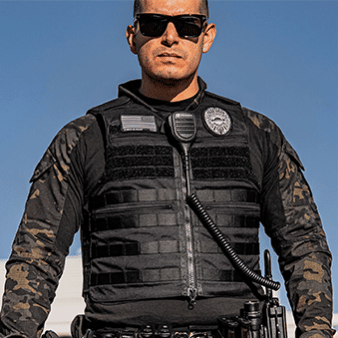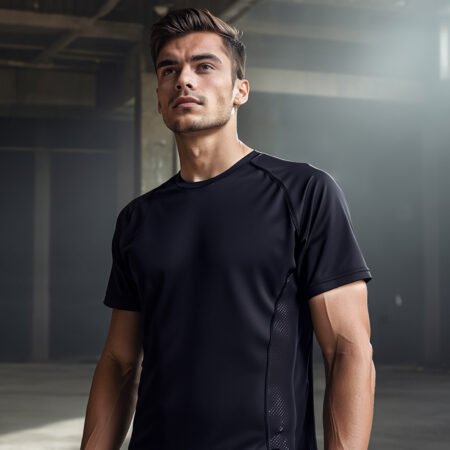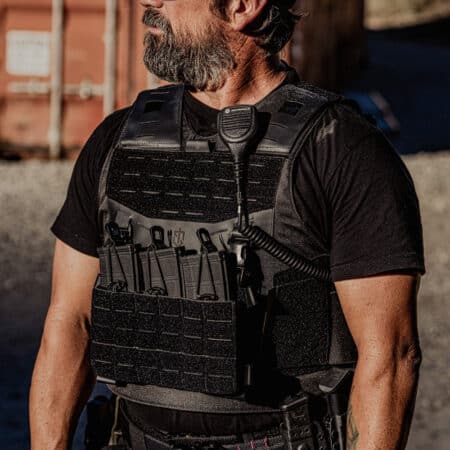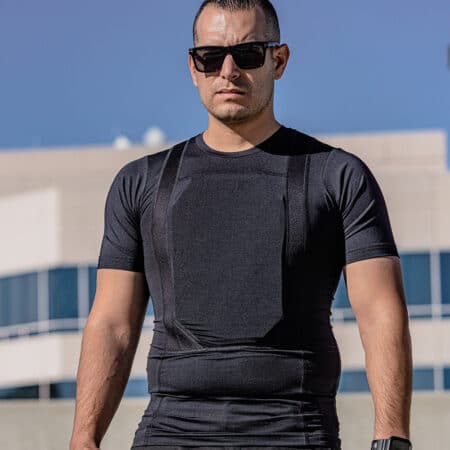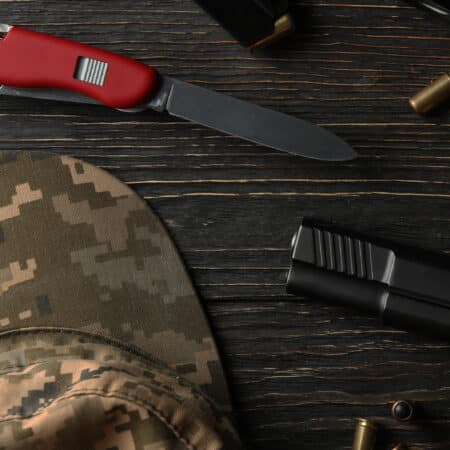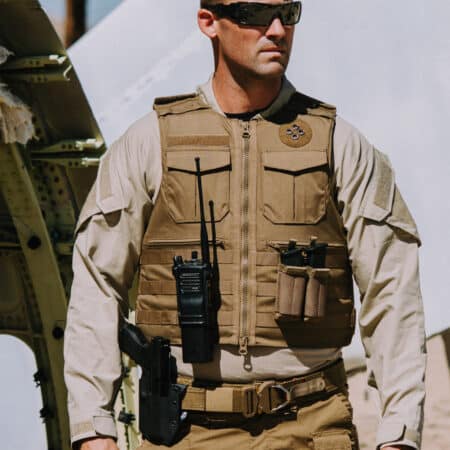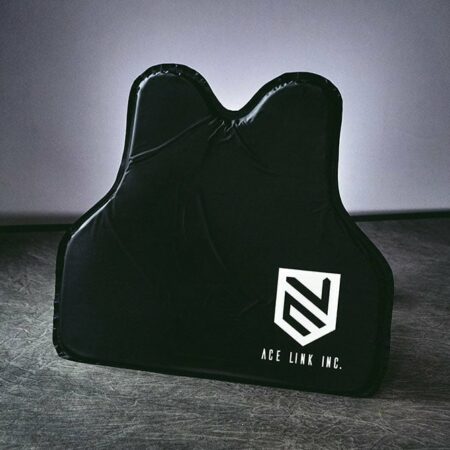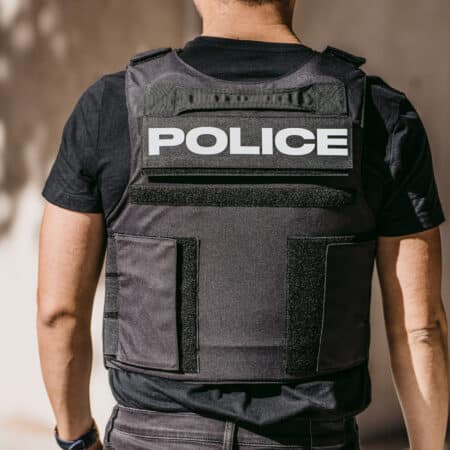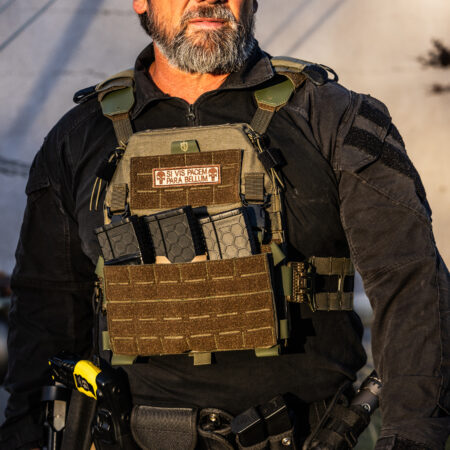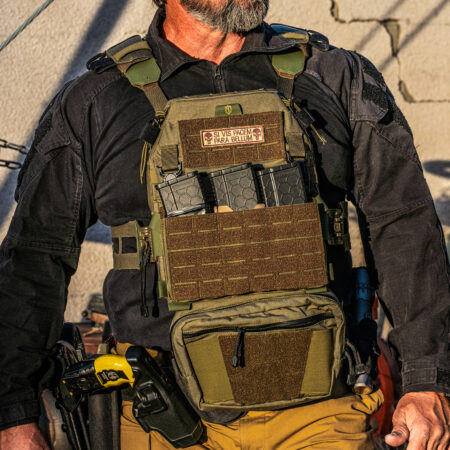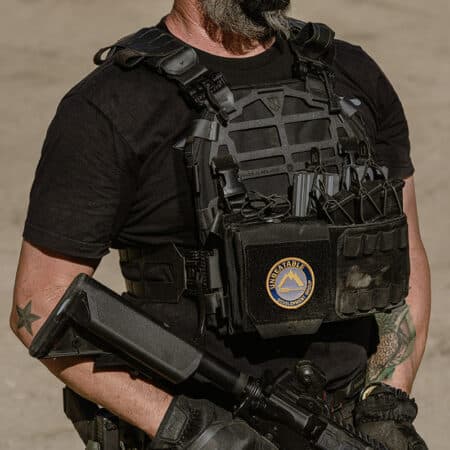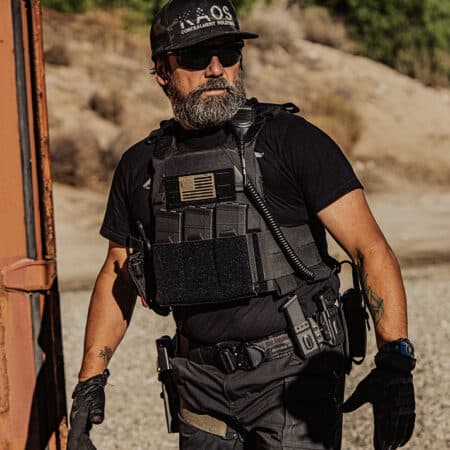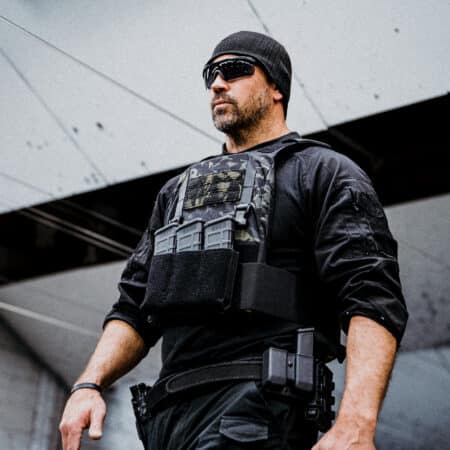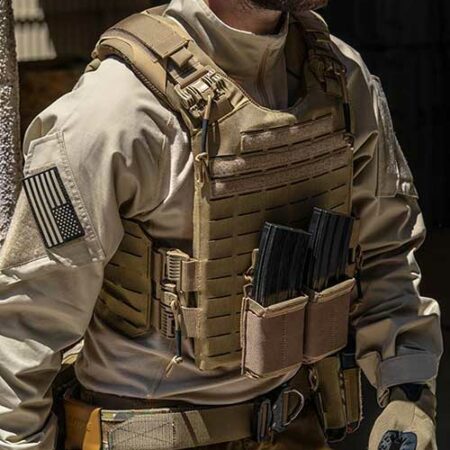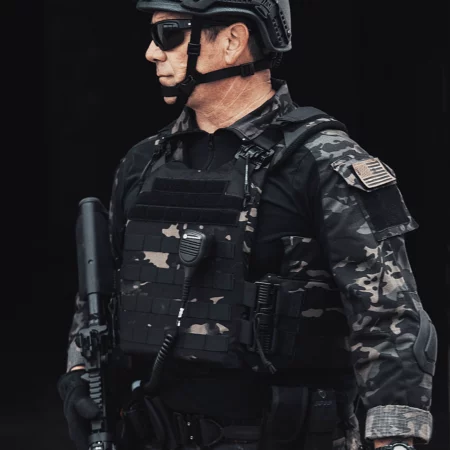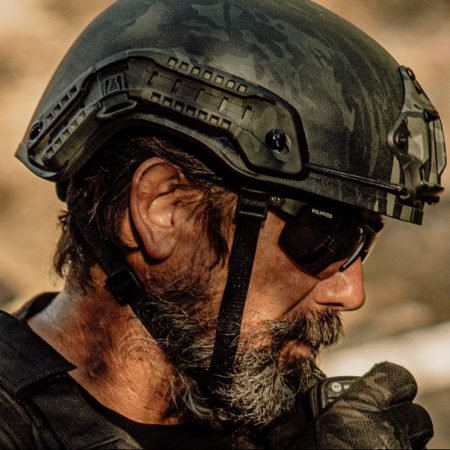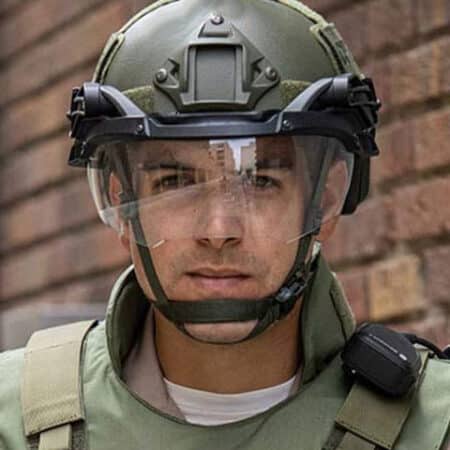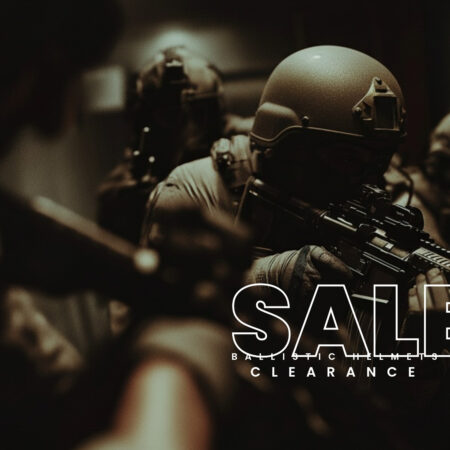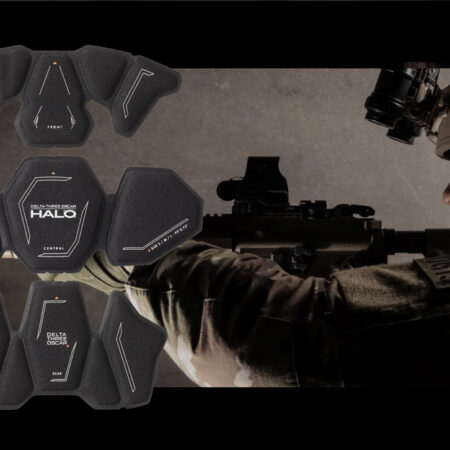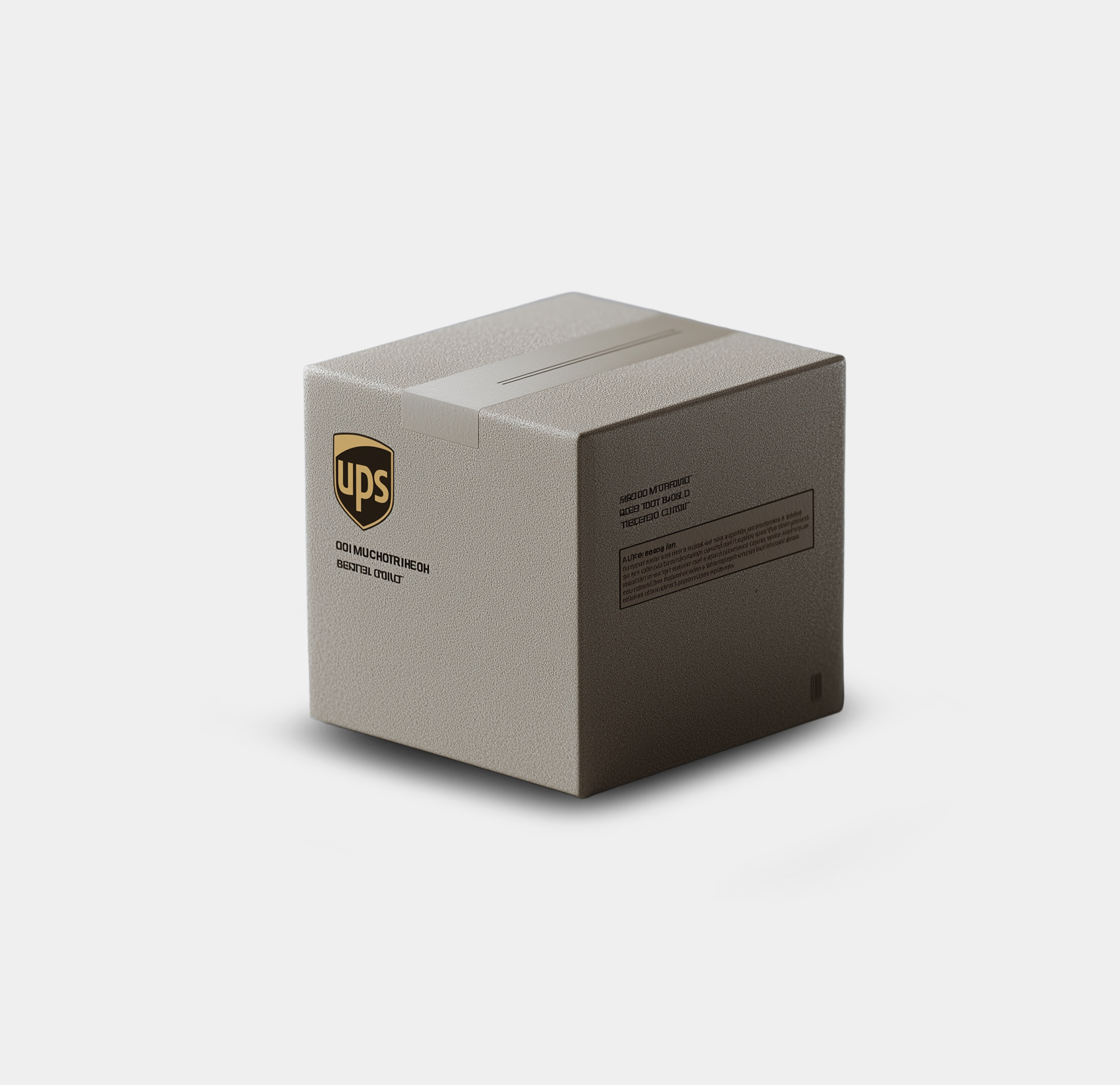- Table of Contents
- Quick Summary
- Analyze your Protection Needs and Environment
- Compare Bulletproof Helmet Materials
- Evaluate Bulletproof Helmet Fit, Comfort, and Size
- Check Compatibility with Accessories and Gear
- Test and Verify the Helmet’s Effectiveness and Fit
- Find the Right Bulletproof Helmet With The Confidence You Deserve
- Frequently Asked Questions
- Recommended
Choosing the right bulletproof helmet seems straightforward. Most people focus on just picking the highest-rated model and calling it a day. But that misses a huge detail. Professional users, such as law enforcement, military personnel, and security professionals, all require different helmet setups than private citizens. The most brilliant helmet selection begins with a thorough assessment of your actual protection needs and the specific environment you’ll face. That one step can change everything about your safety.
Table of Contents
- Analyze Your Protection Needs And Environment
- Compare Helmet Materials And Ratings For Durability
- Evaluate Fit, Comfort, And Size For Long-Term Wear
- Check Compatibility With Accessories And Gear
- Test And Verify The Helmet’s Effectiveness And Fit
Quick Summary
| Key Point | Explanation |
|---|---|
| 1. Assess Protection Needs First | Identify your specific threats and operational environment to choose the right bulletproof helmet. |
| 2. Evaluate Material Ratings and Durability | Compare different helmet materials and their NIJ ratings for effective protection balanced with weight. |
| 3. Ensure Proper Fit and Comfort | Measure head size accurately and test comfort to prevent strain during long periods of wear. |
| 4. Check Accessory Compatibility | Confirm that your helmet can accommodate necessary accessories without compromising stability and protection. |
| 5. Conduct Thorough Testing for Effectiveness | Perform real-world simulations to evaluate helmet performance, ensuring it meets your operational needs. |
Analyze your Protection Needs and Environment
Successful bulletproof helmet selection begins with a comprehensive understanding of your specific protection requirements and operational environment. This critical first step determines the type of helmet that will provide optimal safety and performance for your unique circumstances.
Start by conducting a thorough personal threat assessment that considers the potential risks you might encounter. Professional users, such as law enforcement officers, military personnel, and security professionals, will require different helmet configurations compared to civilian users focused on home defense or personal protection.
Carefully evaluate the ballistic threat levels most likely to occur in your context. According to RAND Corporation research on protective equipment, mission profile plays a crucial role in determining appropriate protection. Different helmet designs offer varying levels of ballistic protection, ranging from Level IIIA soft armor capable of stopping handgun rounds to more robust Level III configurations designed to resist high-velocity rifle ammunition.
Your environmental conditions will significantly influence helmet selection. Key factors to assess include:
- Temperature and climate variations
- Potential moisture exposure
- Physical terrain and movement requirements
- Duration of expected wear
- Additional equipment compatibility (communication systems, night vision mounts)
Weight becomes a critical consideration when analyzing protection needs. Heavier helmets provide enhanced protection but can cause fatigue during extended use. Lightweight materials like high-performance aramid fibers and advanced ceramics offer an excellent balance between safety and mobility. Prioritize helmets that provide maximum protection without compromising your ability to maintain situational awareness and physical performance.

Finally, verify your helmet selection matches your specific use case by consulting with professional equipment specialists or conducting comprehensive field testing. A well-chosen ballistic helmet should feel like a natural extension of your operational gear, providing confidence and protection without hindering your movement or operational effectiveness.
Compare Bulletproof Helmet Materials
Comparing bulletproof helmet materials and durability ratings represents a crucial step in selecting optimal personal protection equipment. Understanding the intricate relationship between material composition and protective capabilities will empower you to make an informed decision that balances safety, weight, and performance.
Modern bulletproof helmets utilize advanced synthetic materials engineered to provide maximum protection with minimal weight. Learn more about ballistic helmet types that showcase the evolving technological landscape of protective gear. Aramid fibers like Kevlar and Twaron represent the gold standard in helmet construction, offering exceptional strength-to-weight ratios that enable reliable impact and penetration resistance.
According to Army Research Laboratory findings, ultra-high-molecular-weight polyethylene (UHMWPE) provides remarkable protective capabilities while maintaining an incredibly lightweight profile. These materials undergo rigorous testing to achieve specific protection levels categorized by the National Institute of Justice (NIJ) standards.
Helmet protection ratings range from Level IIIA to Level III, each representing increasing resistance to ballistic threats. Level IIIA helmets protect against most handgun rounds, while Level III configurations can withstand high-velocity rifle ammunition. When comparing materials, consider these critical factors:
- Impact absorption characteristics
- Weight distribution
Beyond raw material performance, evaluate secondary protective features like multi-hit capability, fragmentation resistance, and environmental durability. Some advanced helmets incorporate ceramic plate inserts or hybrid material layers that enhance protection without substantial weight penalties.
Below is a comparison table summarizing bulletproof helmet materials, highlighting their properties and protection levels for easier decision-making.
| Material | Key Properties | NIJ Protection Level | Weight Profile |
|---|---|---|---|
| Aramid (Kevlar/Twaron) | High strength-to-weight; durable | IIIA (handgun rounds) | Moderate-Light |
| UHMWPE | Lightweight; strong impact resistance | IIIA, higher with hybrids | Very Light |
| Hybrid with Ceramics | Enhanced penetration resistance | III (rifle protection) | Heavier |
| Standard Polymer Composites | Cost-effective; basic protection | II/IIIA (handgun rounds) | Moderate |
Evaluate Bulletproof Helmet Fit, Comfort, and Size
Fit and comfort are paramount when selecting a bulletproof helmet, as they directly impact both protective effectiveness and operational performance. A properly sized helmet ensures maximum protection while minimizing physical strain during extended wear periods.
Begin by taking precise head measurements using a flexible measuring tape. Wrap the tape around your head’s circumference, positioning it approximately one inch above your eyebrows and ears. Most manufacturers provide specific sizing charts that translate these measurements into helmet sizes.
According to clinical research on protective equipment, improper fit can significantly reduce a helmet’s protective capabilities and cause user discomfort.
The helmet should provide a snug yet comfortable fit that maintains stability during movement. Critical fit zones include the forehead, temples, and occipital region at the back of the head. When properly adjusted, the helmet should not move more than one inch in any direction when you shake your head.
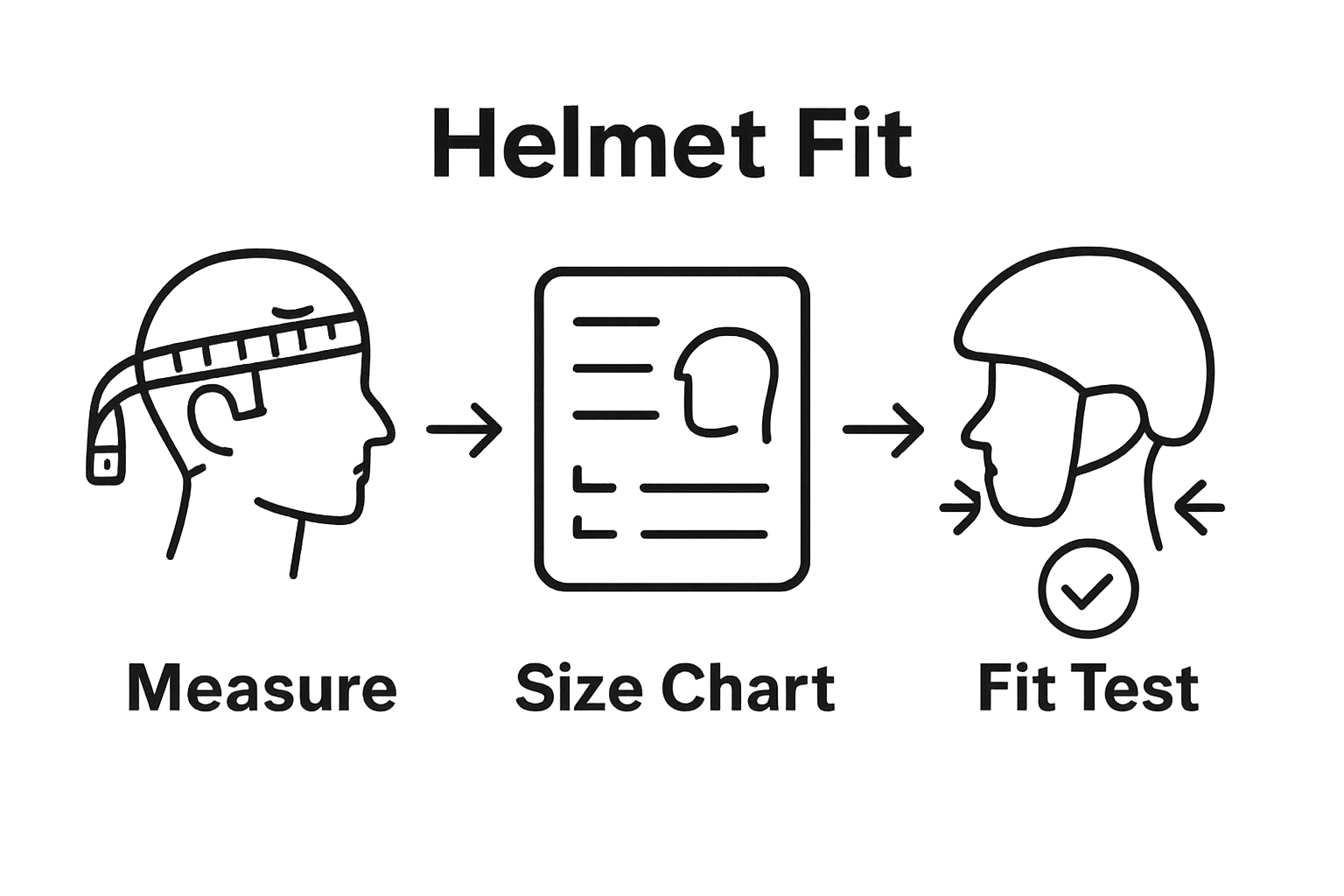 Consider additional factors that impact long-term wearability:
Consider additional factors that impact long-term wearability:
- Weight distribution across the head
- Adjustability of retention systems
- Compatibility with additional gear like communication headsets
- Ventilation and moisture management
Modern bulletproof helmets incorporate advanced padding systems using memory foam and moisture-wicking materials. These technologies help distribute weight evenly and reduce pressure points that can cause fatigue during prolonged use. Please pay close attention to the interior liner, ensuring it provides consistent cushioning without creating uncomfortable hot spots or pressure zones.
Remember that individual head shapes vary significantly. What works perfectly for one user might require slight modifications for another. Many high-quality helmets offer adjustable pad systems and retention mechanisms that allow fine-tuning for personalized comfort. Invest time in trying multiple sizes and configurations to find the optimal balance between protection, comfort, and operational readiness.
Check Compatibility with Accessories and Gear
Ensuring your bulletproof helmet seamlessly integrates with existing operational equipment represents a critical step in comprehensive protective gear selection. Compatibility determines not just comfort, but also operational effectiveness across diverse mission profiles.
Rail mounting systems form the backbone of helmet accessory integration. Modern bulletproof helmets typically feature standardized mounting points like Picatinny or ARC rail configurations that support various tactical accessories. Explore our guide on bulletproof helmet configurations to understand the nuanced mounting options available for different user requirements.
According to military equipment research, successful accessory compatibility involves evaluating multiple interconnected systems. Night vision devices, communication headsets, camera mounts, and ballistic face shields demand precise mounting solutions that maintain helmet structural integrity while providing flexible attachment options.
Consider the specific accessories you anticipate using during operational scenarios. Professional users like military personnel, law enforcement, and security professionals often require complex gear configurations that include:
- Night vision mounting points
- Communication headset integration
- External battery pack connections
- Tactical light or laser device mounts
Weight distribution becomes crucial when adding multiple accessories. Each mounted item shifts the helmet’s center of gravity, potentially creating neck strain or reduced stability. High-quality helmets incorporate reinforced mounting points and modular design principles that allow seamless accessory attachment without compromising protective performance.
Practical verification involves physically testing your anticipated gear configuration. Attach each accessory and perform movement simulations that mimic real-world operational conditions. Assess factors like:
- Accessory weight balance
- Retention system stability
- Vision and hearing obstruction
- Overall comfort during extended wear
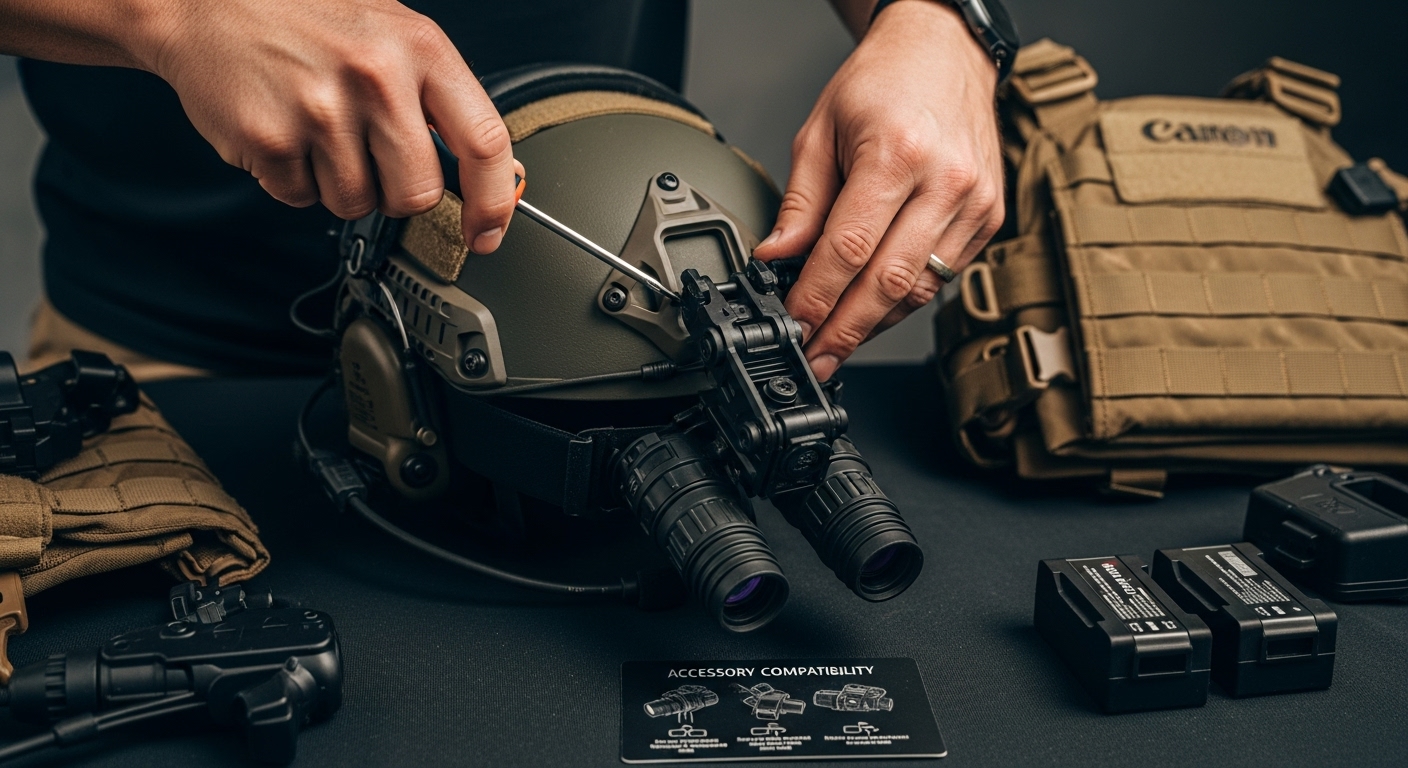
Test and Verify the Helmet’s Effectiveness and Fit
Verifying the effectiveness of your ballistic helmet requires a comprehensive evaluation that goes beyond initial specifications. Explore our comprehensive ballistic helmet selection guide to understand the nuanced testing procedures professional users must undertake.
Initial visual inspection forms the foundation of helmet verification. Inspect the helmet for any manufacturing defects, uneven surface treatments, or structural irregularities that could compromise its protection. Pay close attention to seam quality, padding integrity, and mounting point stability. According to physiological assessment research, even minor manufacturing inconsistencies can significantly impact protective performance. Perform a series of dynamic movements including rapid head turns, sudden stops, and quick directional changes while wearing the helmet with your full operational gear.
Critical verification parameters include:
- Impact absorption during simulated movement
- Retention system performance
- Accessory mounting stability
- Vision and hearing preservation
Professional users should conduct comprehensive field trials that evaluate physiological responses and comfort levels during extended wear. This means testing the helmet under conditions that mirror anticipated operational environments temperature variations, humidity, and physical stress all play significant roles in determining long-term effectiveness.
Use the following checklist to verify that your ballistic helmet fits well and performs effectively in real-world use.
| Checklist Item | What to Check For | Verification Action |
|---|---|---|
| Proper Fit & Stability | Snug, secure fit on head | Shake head; minimal movement |
| Comfort in Critical Zones | No pressure points on forehead, temples, occipital | Wear for extended period |
| Retention System Adjustment | Straps and pads easily adjustable | Adjust and verify secure fit |
| Accessory Integration and Balance | All gear attaches securely; no tilting | Attach accessories; assess helmet balance |
| Vision and Hearing Unobstructed | Full range of view & natural hearing | While wearing, check vision/hearing |
| Movement Test | No restriction during rapid maneuvers | Simulate movements: run, crouch, turn |
| Documentation & NIJ Certification Check | Manufacturer specs and rating match requirements | Review manufacturer certificates/specs |
Find the Right Bulletproof Helmet With The Confidence You Deserve
Choosing the best ballistic helmet for your needs is about more than just reading specs. The article has shown how factors like protection levels, real-world testing, accessory compatibility, and true comfort all play vital roles in staying protected. Whether you need Level IIIA protection for urban operations or require integrated mounting for tactical gear, your equipment must work as hard as you do.
Do not leave your safety to chance. Visit AcelinkArmor.com to explore our wide selection of ballistic helmets and tactical gear built for law enforcement, military professionals, security teams, and security-minded civilians.
Frequently Asked Questions
How do I determine my ballistic helmet protection needs?
To determine your ballistic helmet protection needs, assess your specific risk scenarios and potential environments, considering threat levels and activities you may encounter, such as urban or wilderness operations.
What materials are commonly used in ballistic helmets and what are their benefits?
Common materials include aramid fibers like Kevlar and UHMWPE, known for their strength-to-weight ratios. These materials provide reliable protection while remaining lightweight, crucial for minimizing fatigue during prolonged use.
How important is fit and comfort when selecting a ballistic helmet?
Fit and comfort are crucial as they directly influence the helmet’s protective effectiveness and your ability to maintain mobility. A properly fitted helmet should feel stable and comfortable, allowing for dynamic movements without compromising safety.
What should I consider when ensuring my ballistic helmet is compatible with accessories?
When ensuring compatibility, examine the helmet’s rail mounting systems and how they accommodate accessories such as night vision devices and communication headsets, while also maintaining a balance in weight distribution and helmet stability.
Recommended
- Ballistic Helmet Selection Guide: Choose the Right Gear – Ace Link Armor
- Understanding Ballistic Helmet Comfort Pads: What They Are – Ace Link Armor
- 7 Types of Ballistic Helmets for Personal Protection – Ace Link Armor
- Types of Ballistic Helmets & How to Choose One – Ace Link Armor


